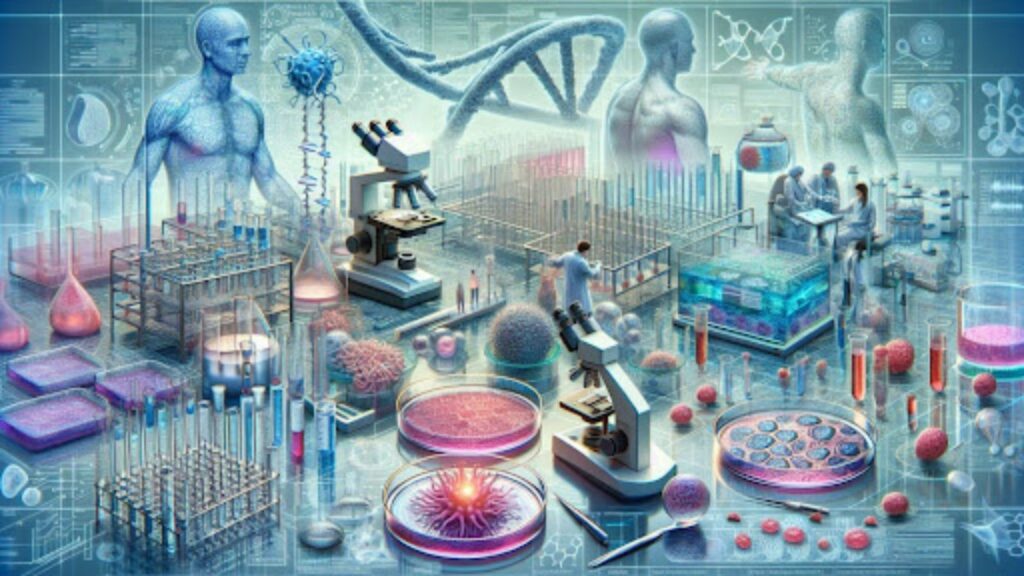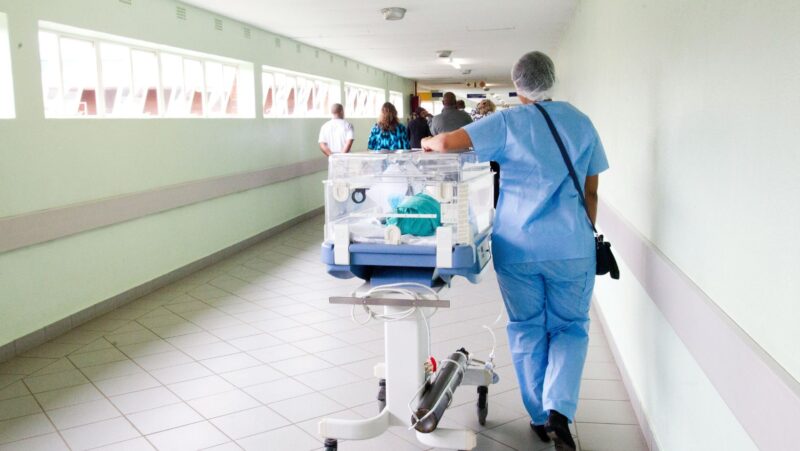
Regenerative medicine stands at the forefront of modern healthcare, offering innovative approaches to tissue repair, replacement, and regeneration. Harnessing the body’s natural healing processes, regenerative medicine holds promise for addressing a wide array of medical conditions, from degenerative diseases to traumatic injuries. Thus, understanding the taxonomy of regenerative medicine is critical for grasping its potential advantages and applications in various fields of medicine and beyond.
The Foundation of Regenerative Medicine
At its core, regenerative medicine seeks to restore the structure and function of damaged or diseased tissues and organs through the stimulation of the body’s innate repair mechanisms. This interdisciplinary field draws upon principles from biology, engineering, genetics, and other scientific disciplines to develop cutting-edge therapies. With a focus on harnessing the body’s natural healing processes, regenerative medicine offers the potential to treat (and reverse) the course of debilitating conditions. Moreover, it embraces a holistic approach to health, recognizing the interconnectedness of physical, mental, and emotional well-being in the healing process; to find out more about optimal health approaches, further reading is recommended.

Cell-Based Therapies
Cell-based therapies represent a cornerstone of regenerative medicine. These therapies involve the transplantation or manipulation of cells to promote tissue regeneration or repair. Stem cells, in particular, hold immense potential due to their unique ability to differentiate into various cell types. From embryonic stem cells to induced pluripotent stem cells (iPSCs), researchers are exploring diverse sources and applications of these versatile cells in regenerative medicine. Ultimately, harnessing the regenerative potential of cells opens new avenues for treating a wide range of diseases, from neurodegenerative disorders to cardiovascular conditions.
Advantages of Cell-Based Therapies
One of the key advantages of cell-based therapies is their ability to address underlying causes of diseases rather than merely treating symptoms. Targeting damaged tissues at the cellular level, these therapies offer the potential for long-lasting and transformative effects. Additionally, cell-based approaches hold promise for personalized medicine as they can be tailored to individual patients based on their unique genetic makeup and medical history. Beyond personalized treatment, cell-based therapies have the potential to revolutionize transplantation medicine by reducing the reliance on donor organs and mitigating issues related to compatibility and rejection.
Tissue Engineering and Biomaterials
Tissue engineering, another pillar of regenerative medicine, focuses on creating functional tissues and organs through the combination of cells, biomaterials, and bioactive molecules. Biomaterials play a vital role in providing structural support and promoting cellular interactions within engineered tissues; from synthetic polymers to natural scaffolds derived from extracellular matrix components, a diverse range of biomaterials are employed to mimic the native microenvironment of tissues and facilitate regeneration. Integrating advanced biomaterials with cutting-edge tissue engineering techniques enables the fabrication of intricate tissues with biomimetic architectures, facilitating enhanced functionality and integration upon transplantation.

Advantages of Tissue Engineering
Tissue engineering offers several advantages over traditional approaches to tissue repair and transplantation. By generating tissues in vitro, researchers can overcome limitations associated with donor availability, immune rejection, and graft integration. Moreover, engineered tissues can be customized to match the specific anatomical and functional requirements of individual patients, leading to improved clinical outcomes and reduced complications. Beyond transplantation, tissue engineering holds promise for developing in vitro models of disease, facilitating drug discovery, and enabling personalized treatment strategies.
Gene Therapy and Gene Editing
Gene therapy and gene editing technologies represent powerful tools for modulating cellular functions and correcting genetic abnormalities underlying diseases. Involving the delivery of therapeutic genes or editing tools to target cells, these approaches enable precise modifications of the cellular genome. From correcting mutations in inherited disorders to enhancing tissue regeneration pathways, gene-based interventions hold tremendous potential for advancing regenerative medicine. With the advent of CRISPR-based technologies and improved delivery vectors, the field of gene therapy is experiencing rapid growth, paving the way for novel therapeutic interventions and personalized treatment approaches.
Clinical Applications and Future Directions
The taxonomy of regenerative medicine encompasses a diverse array of therapeutic modalities, each offering unique advantages and applications across a spectrum of medical conditions. From orthopedic injuries to neurological disorders, regenerative medicine holds promise for revolutionizing patient care and improving quality of life. As research continues to unravel the intricacies of cellular biology and tissue regeneration, the future of regenerative medicine appears increasingly promising, with the potential to transform the landscape of healthcare in profound and unprecedented ways.












